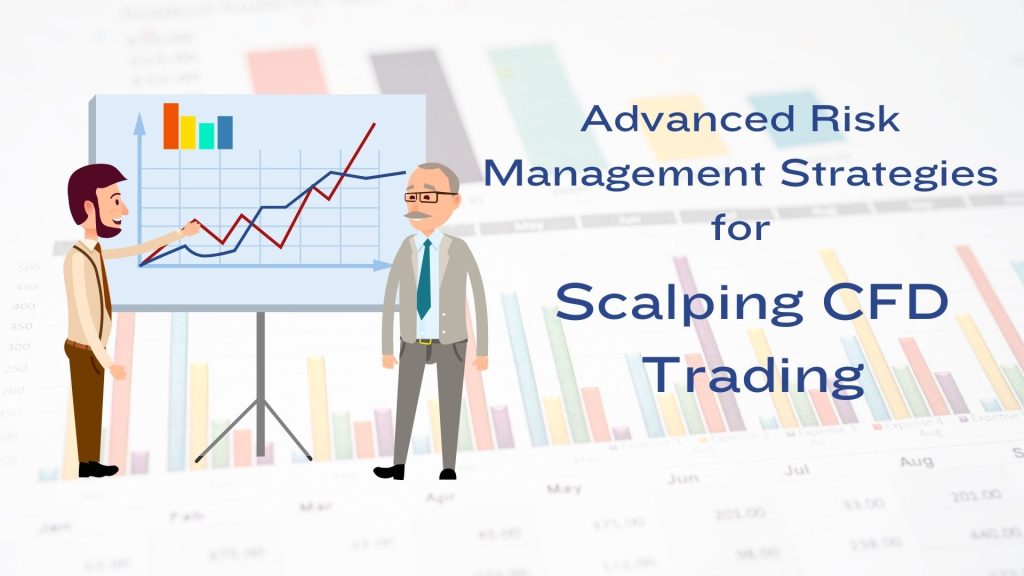
Advanced Risk Management Strategies for Scalping in CFD Trading
Effective risk management strategies are crucial for success in Contract for Difference (CFD) trading, especially in the context of scalping. Scalping involves making numerous small trades to profit from small price movements. The high frequency of trades exposes scalpers to increased market volatility and execution risks, underscoring the importance of robust risk management practices.
Join the global network of professionals and find the ideal trading and liquidity partners now!
Techniques for Effective Risk Management in Scalping in CFD Trading
Scalping is a trading strategy that aims to capitalise on small price movements, often holding positions for a very short duration, ranging from seconds to minutes. Given that scalping can be more susceptible to market noise and sudden price fluctuations, necessitating a meticulous approach to risk management.
Setting Strict Stop-Loss Orders
Utilising tight stop-loss orders is fundamental in scalping to limit potential losses. Stop-loss orders are placed at a predetermined price level and are executed automatically, thus helping traders adhere to their risk tolerance.
Implementing Trailing Stop-Loss Orders
Trailing stop-loss orders are designed to follow the price movement of an asset, maintaining a set distance. This allows traders to secure profits as the trade moves in their favour while also limiting the downside risk.
Utilising Advanced Charting Tools
Leveraging advanced charting tools, such as pivot points, Bollinger Bands, and moving averages, can provide valuable insights into potential entry and exit points, aiding in making informed decisions and managing risk effectively.
Employing Risk-Reward Ratios
Calculating and adhering to favourable risk-reward ratios is crucial in scalping. By identifying opportunities where the potential reward outweighs the risk, traders can maintain a positive expectancy over a series of trades.
Utilising Volatility Indicators
Volatility indicators, such as the Average True Range (ATR), can assist scalpers in assessing the potential price movement within a given period, enabling them to adjust position sizes and stop-loss levels accordingly.
Implementing Hedging Strategies
In scalping, hedging strategies can be employed to offset potential losses. Utilising correlated assets or derivative instruments to counterbalance adverse price movements can help safeguard a trader’s position.
Which Risk Assessment Tools Can Traders Use for Trading CFDs?
Here are two useful tools for traders.
VaR (Value at Risk) Models
VaR models estimate the potential loss that a trading portfolio may face over a specified time horizon at a given confidence level. Integrating VaR models into risk management allows scalpers to quantify and manage their exposure to market risk.
Monte Carlo Simulation
Monte Carlo simulations generate numerous possible outcomes of a trade based on different variables. By using this tool, scalpers can assess the impact of various market scenarios on their trades, aiding in the identification and mitigation of potential risks.
Conclusion
Scalping in CFD trading offers lucrative opportunities for traders seeking to profit from short-term price movements. However, it comes with inherent risks that require diligent risk management practices to mitigate. By implementing the advanced risk management strategies mentioned, scalpers can enhance their trading efficiency.
To learn more about trading platforms, follow us on LinkedIn.





